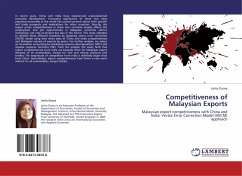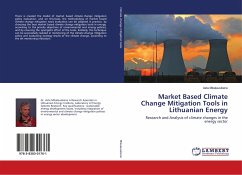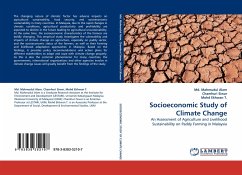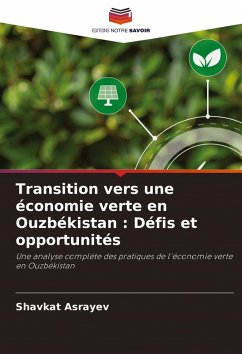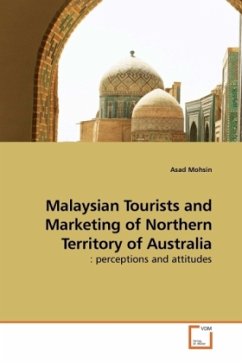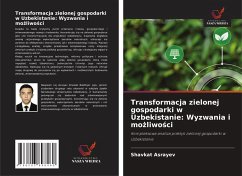
Economic Analysis of Malaysian Climate Change Mitigation Policies
Versandkostenfrei!
Versandfertig in 1-2 Wochen
50,99 €
inkl. MwSt.

PAYBACK Punkte
25 °P sammeln!
To date, studies on the effect of environmental policies in the case of Malaysia have mainly utilized the IO table, while the SAM approach has been ignored. The SAM model overcomes the deficiency of the IO model by considering the role of income distribution in economy analysis. Therefore, the purpose of this study is to construct an ESAM for Malaysia for the year 2010. The model incorporates renewable energy, LULUCF. The model differs from traditional SAM models in two ways. Firstly, the model incorporates Biomass. Secondly, it applies the SAM model with highest possible disaggregated level o...
To date, studies on the effect of environmental policies in the case of Malaysia have mainly utilized the IO table, while the SAM approach has been ignored. The SAM model overcomes the deficiency of the IO model by considering the role of income distribution in economy analysis. Therefore, the purpose of this study is to construct an ESAM for Malaysia for the year 2010. The model incorporates renewable energy, LULUCF. The model differs from traditional SAM models in two ways. Firstly, the model incorporates Biomass. Secondly, it applies the SAM model with highest possible disaggregated level of economy sectors and considering GHG emission and environmental data. Furthermore, it explicitly breaks down households (HH) into rural HHs, urban HHs, and non-citizen HHs. This model is validated by its ability to replicate the initial values of the variables. The SAM model is utilized to assess the comparative static economy-wide effects of imposing carbon tax in the production process. The Electricity and gas, and Petroleum refinery, water transport, land transport, and air transport are the top emitters of carbon in 2005 and 2010.



